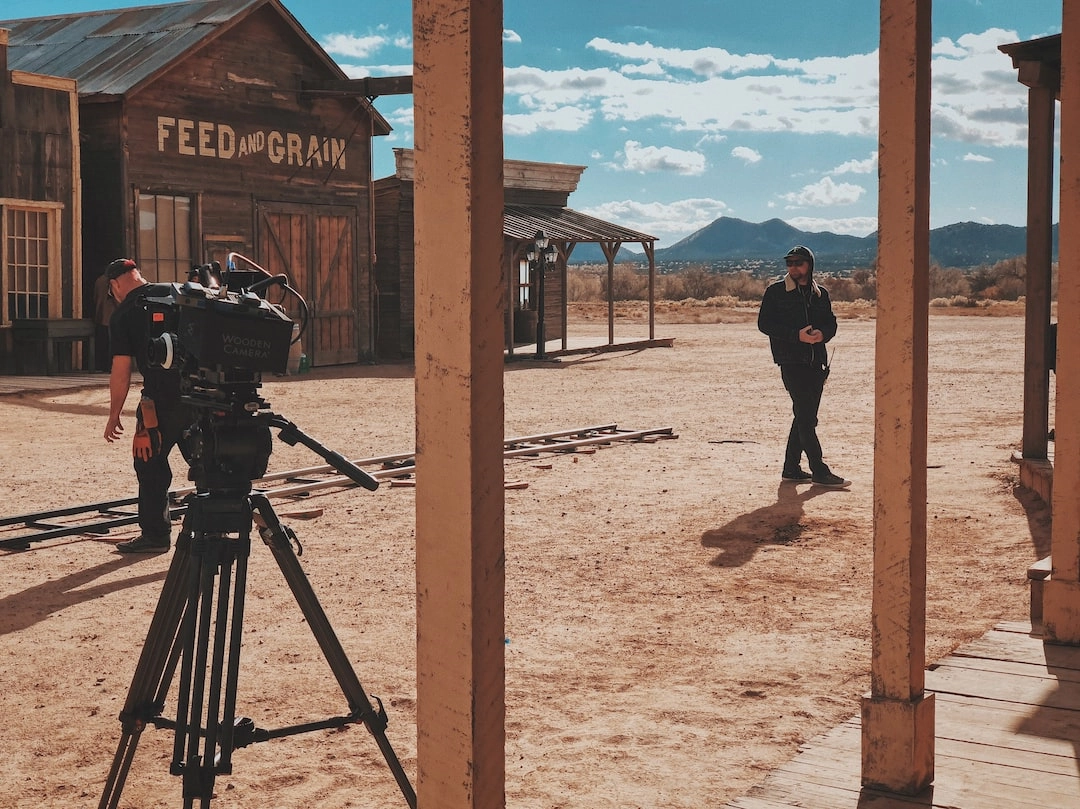
What it is:
Eco-friendly trends in kids’ toys production refer to the growing movement towards creating toys that have minimal negative impact on the environment. Manufacturers are adopting sustainable practices in the production, packaging, and distribution of toys to reduce waste, conserve resources, and minimize pollution. This includes using non-toxic materials, promoting recycling and upcycling, and designing toys that are durable and long-lasting.
Real-world problems:
Traditional manufacturing practices in the toy industry have been associated with several environmental issues. One major concern is the use of plastic materials, which often end up in landfills or pollute the oceans, taking hundreds of years to biodegrade. Additionally, the production of plastics and other non-renewable materials contributes to greenhouse gas emissions and consumes significant amounts of fossil fuels.
Another problem is the excessive packaging that often comes with toys. Single-use plastic packaging not only generates large amounts of waste but also requires energy and resources to produce. The disposal of packaging materials further exacerbates the environmental impact.
Furthermore, many toys are designed to be quickly discarded, leading to a throwaway culture that contributes to resource depletion and waste accumulation. This constant cycle of purchasing and disposing of toys has a significant ecological footprint.
Lastly, the extraction and processing of raw materials for toy production, such as wood and metals, can lead to deforestation, habitat loss, and pollution from mining activities.
Addressing these real-world problems associated with the production of kids’ toys is crucial to protect the environment and ensure a sustainable future for generations to come.

Solutions to Eco-friendly Trends in Kids’ Toys Production:
There are several solutions available to address the environmental problems associated with kids’ toys production.
1. Sustainable Materials:
Using eco-friendly and non-toxic materials in toy production is vital. This includes opting for natural materials such as wood, organic fabrics, and plant-based plastics. These materials are biodegradable, renewable, and have a lower environmental impact compared to traditional plastic toys.
2. Minimal Packaging:
Minimizing packaging waste is crucial. Toy manufacturers can reduce unnecessary packaging by using sustainable materials, adopting innovative packaging designs, and promoting packaging-free options. This helps reduce waste generation and encourages a more sustainable consumption culture.
3. Extended Product Lifespan:
Designing toys for durability and longevity helps reduce the need for constant replacements. Toy manufacturers can create products that are repairable, modular, or adaptable, encouraging long-term use and reducing the overall ecological footprint.
4. Recycling and Upcycling:
Promoting toy recycling programs or incorporating recycled materials into new toy production can significantly reduce resource consumption and waste generation. Upcycling, or repurposing old toys into new ones, is also a creative way to give toys a new life and reduce environmental impact.
5. Education and Awareness:
Increasing awareness among consumers, parents, and children about the environmental impact of toys can drive demand for more eco-friendly options. Educating children about sustainability and responsible consumption can help instill lifelong habits that prioritize the environment.
Implementing these solutions will contribute to a more sustainable and environmentally conscious kids’ toy industry, ensuring a healthier planet for future generations.















